Need Help?
Privacy PolicyLive Chat
EV, HEV and PHEV Overview
The automotive industry is moving toward a more sustainable future, as the industry introduces increasing numbers of Hybrid-Electric Vehicles (HEVs) and fully Electric Vehicles (EVs). The electrification of critical functions requires reliable solutions to generate, distribute and control high power. As the amount of electrical energy being stored and used by the vehicle increases, so does the need for power density and efficiency. Effective monitoring and control are essential for efficient and reliable operation of electrical subsystems. We offer integrated development tools, a broad portfolio of hardware and software and advanced materials such as Silicon Carbide (SiC) to facilitate innovation in advanced EV and HEV systems.
Interactive EV, HEV, PHEV Diagram
Resources for EV, HEV and PHEV
White Paper
Electric Vehicle Charger Application and Reference Architecture
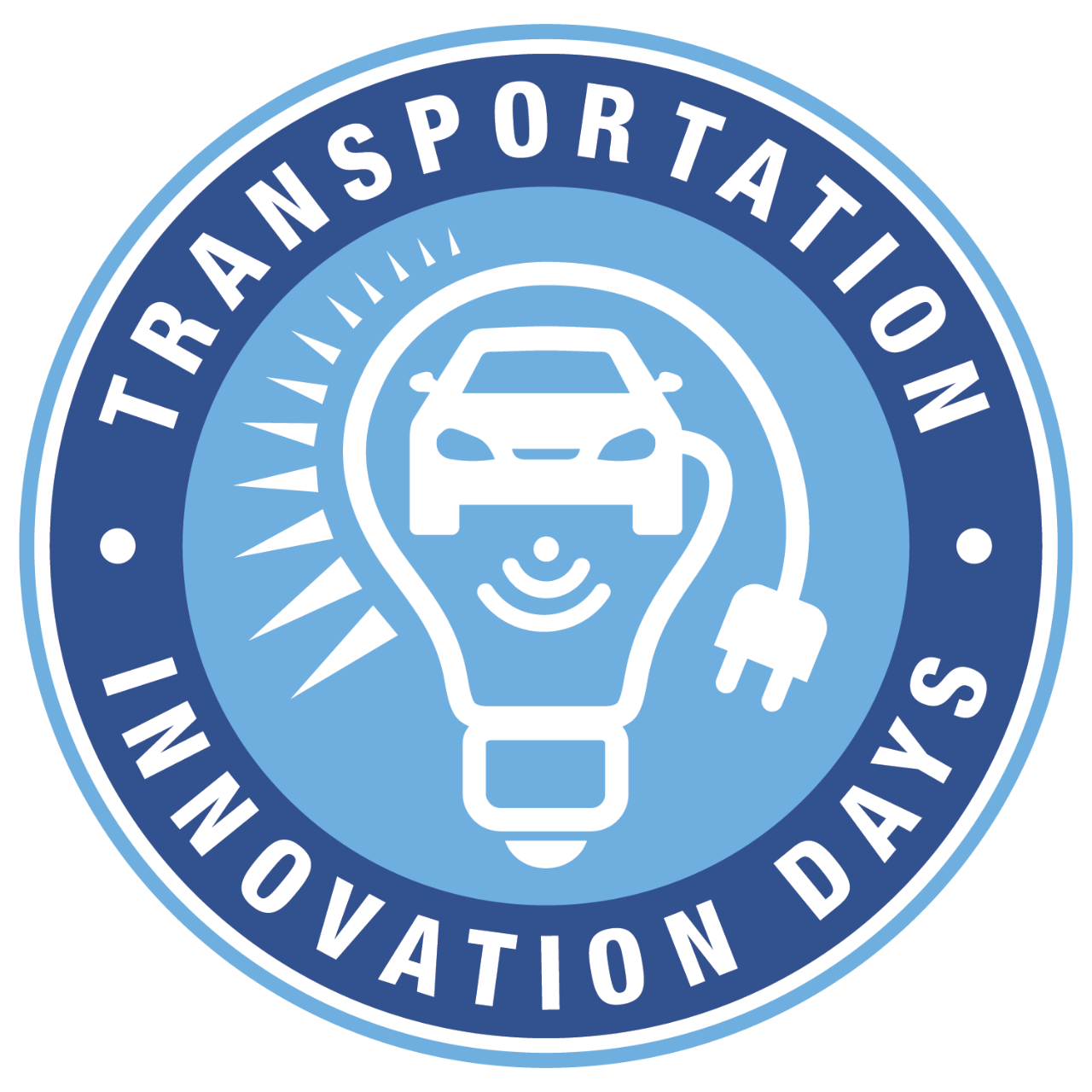
Keynote
In this keynote session from our Transportation Innovation Days series of webinars, Joe Thomsen discusses the evolution of electric vehicles and the design challenges of this evolving market.
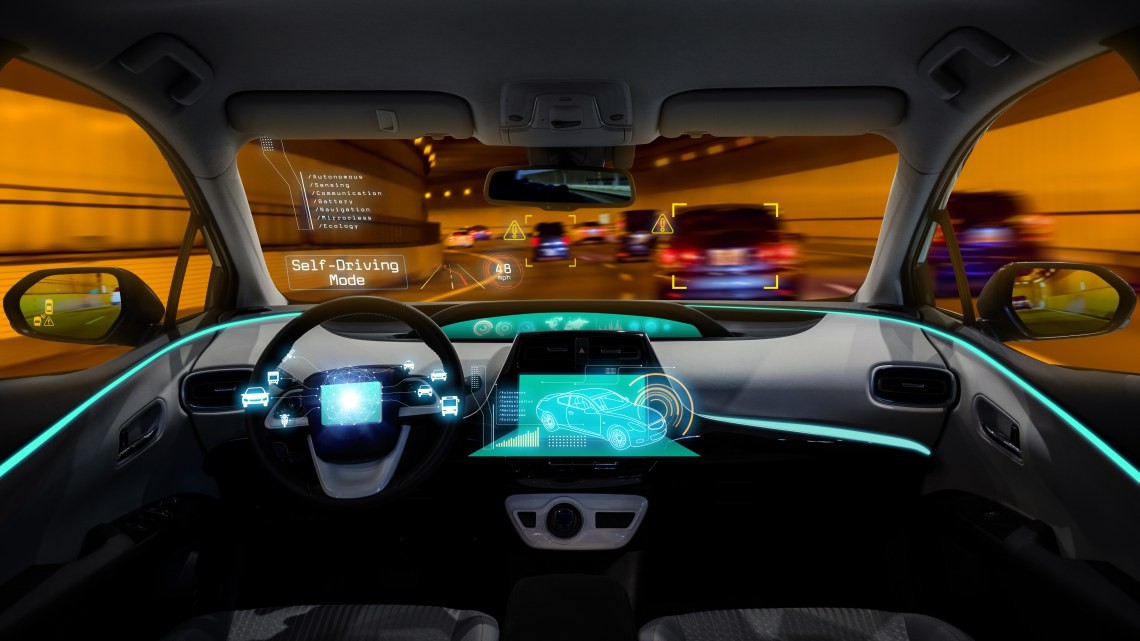
Next-Generation Electric Vehicles Deserve Next-Generation Control Interfaces
As vehicles evolve, so do the way drivers interact with them.
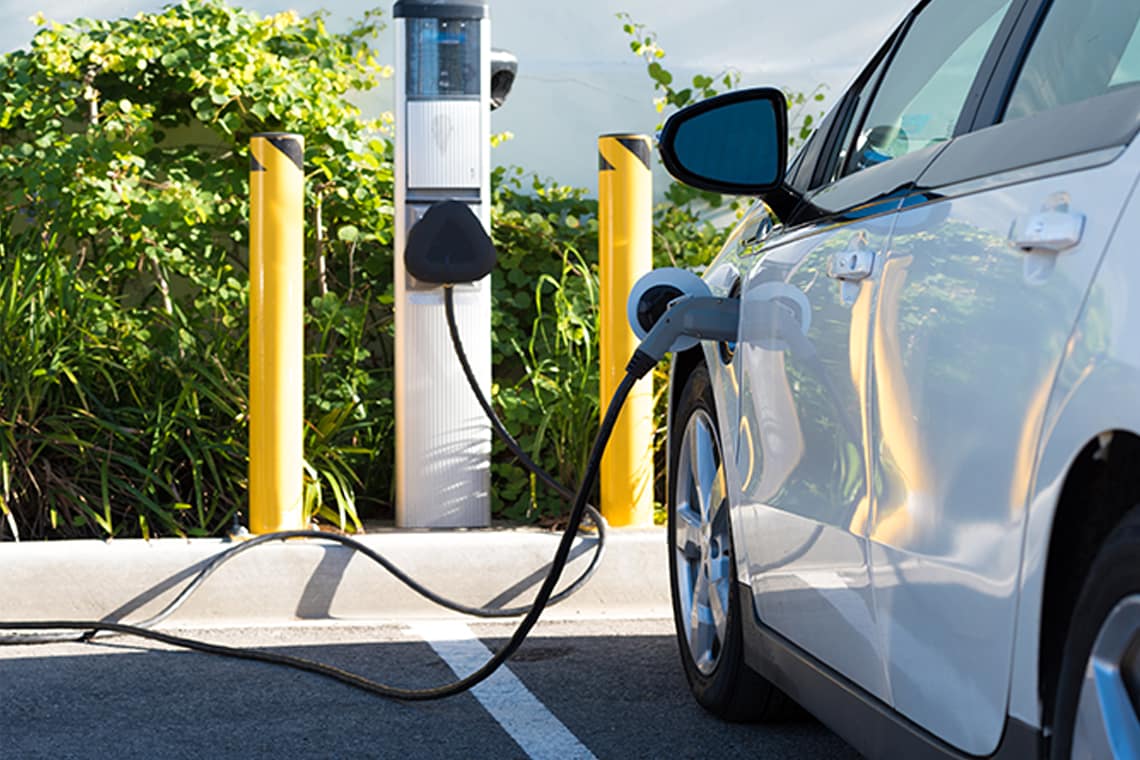
Rising Electric Vehicle Sales Impact Global Markets and Automotive Design
By 2030, EVs are likely to account for 50% of new passenger vehicles sold. There are several reasons that help to explain this trend.
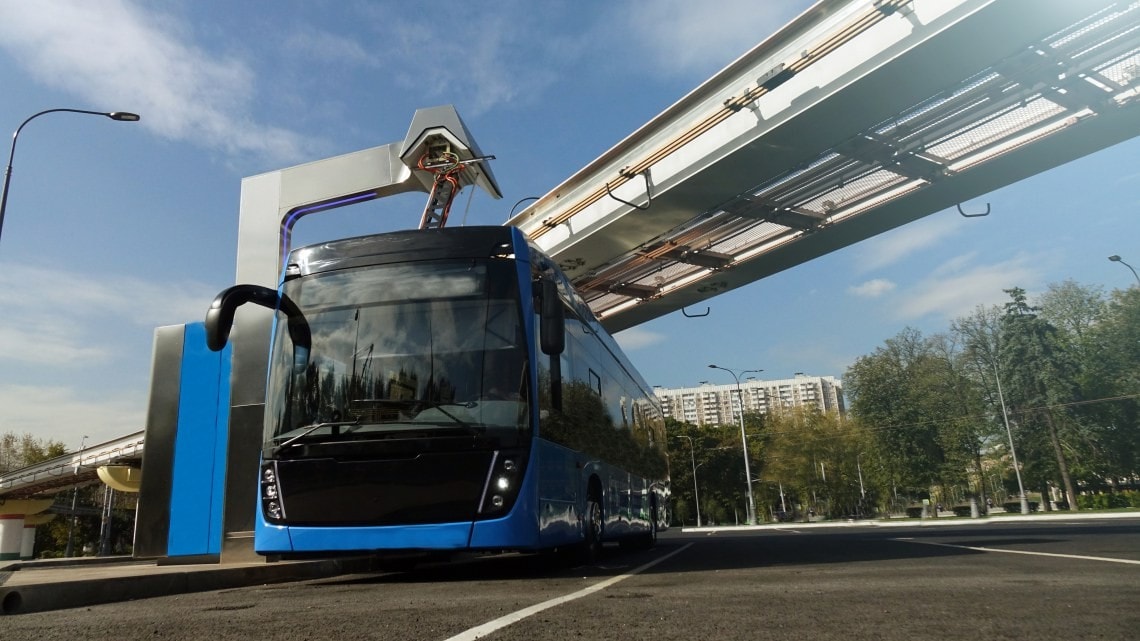
Current (and Voltage) Transitions: ICE to EVs, Si to SiC Switches, Analog to Digital Drivers
With the transition from the internal combustion engine (ICE) to electric propulsion accelerating, the resulting and required technology transitions need to be evaluated.
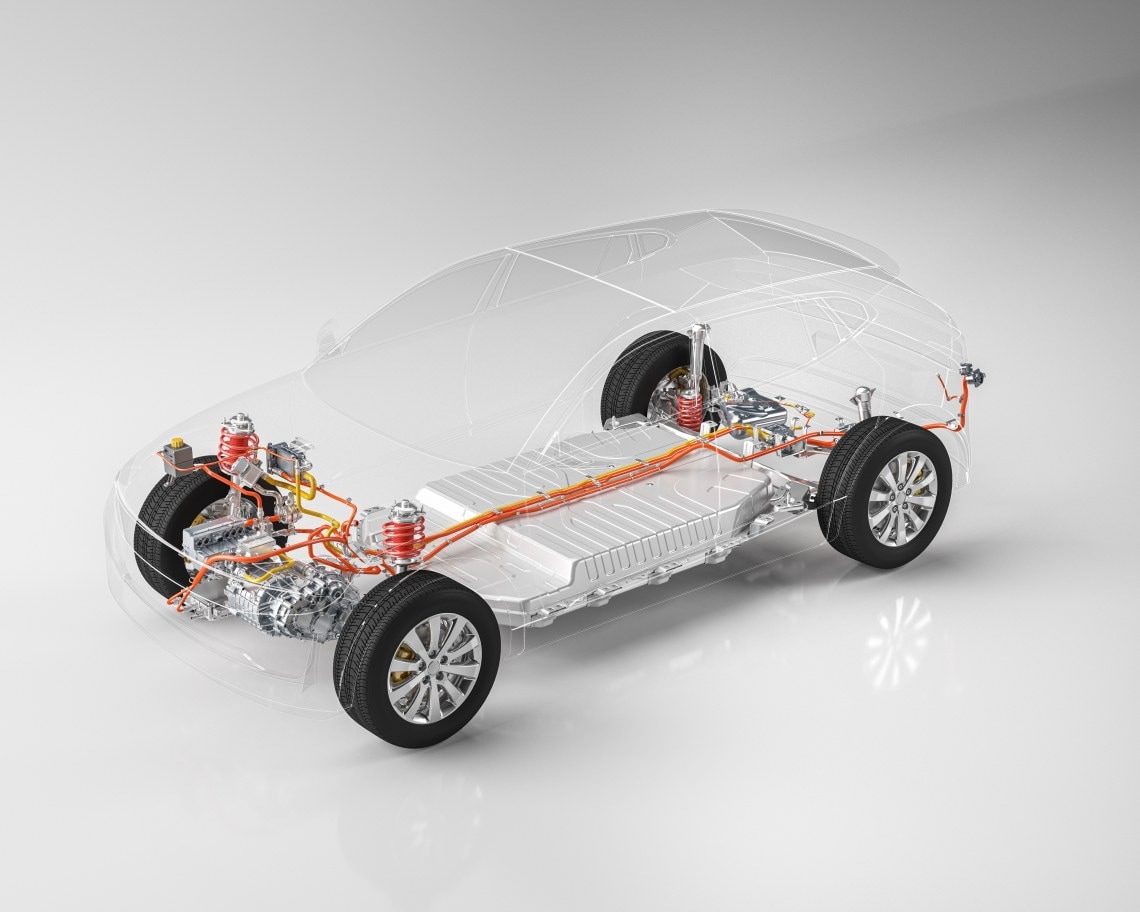
Motor Control Trends in Electric Vehicles
There are more BLDC motors in EVs, and consequently, more motor control MCUs are required. We will introduce the reasons for this trend and Microchip’s dsPIC33C Digital Signal Controllers (DSCs), which target automotive and EV BLDC motor control.

AVAS Enhances Safety While Building Brand Reputation for EV OEMs
We help silent Electric Vehicles (EVs) stand out from the crowd.
